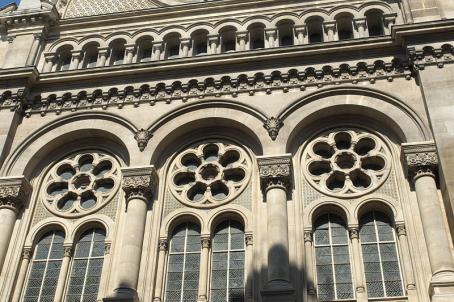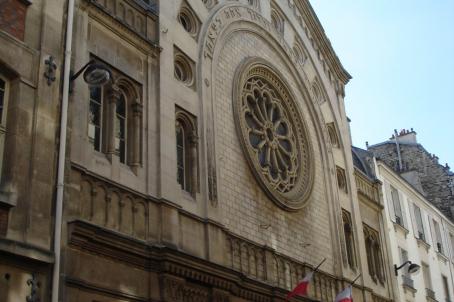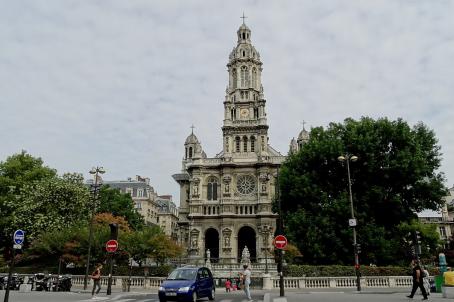Church of Notre-Dame-de-Lorette
The church was built as part of a competition organised by the Bishopric of Paris in 1823, with the agreement of the City of Paris. It was won by Hippolyte Lebas. The work took place from 1824 to 1836. The church was consecrated on December 15, 1836 by Monsignor de Quélen. The area known as the Porcherons had begun to be populated at the end of the Ancien Régime. It was then attached to the parish of Saint-Pierre-de-Montmartre. Notre-Dame-de-Lorette is one of the 39 parishes that were instituted by Bishop de Belloy in 1802, but the faithful had to be content with a temporary church until 1823 before the construction of the present building.






